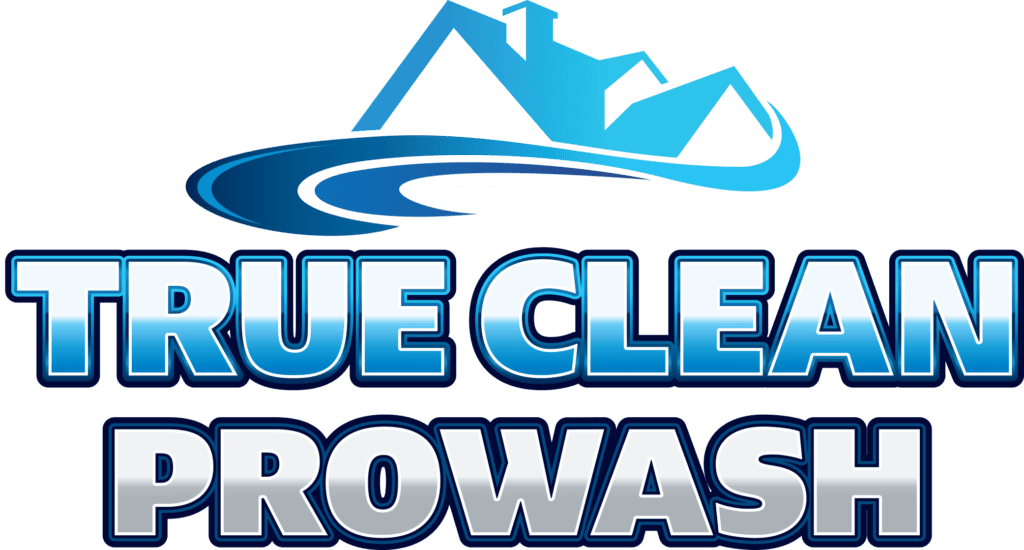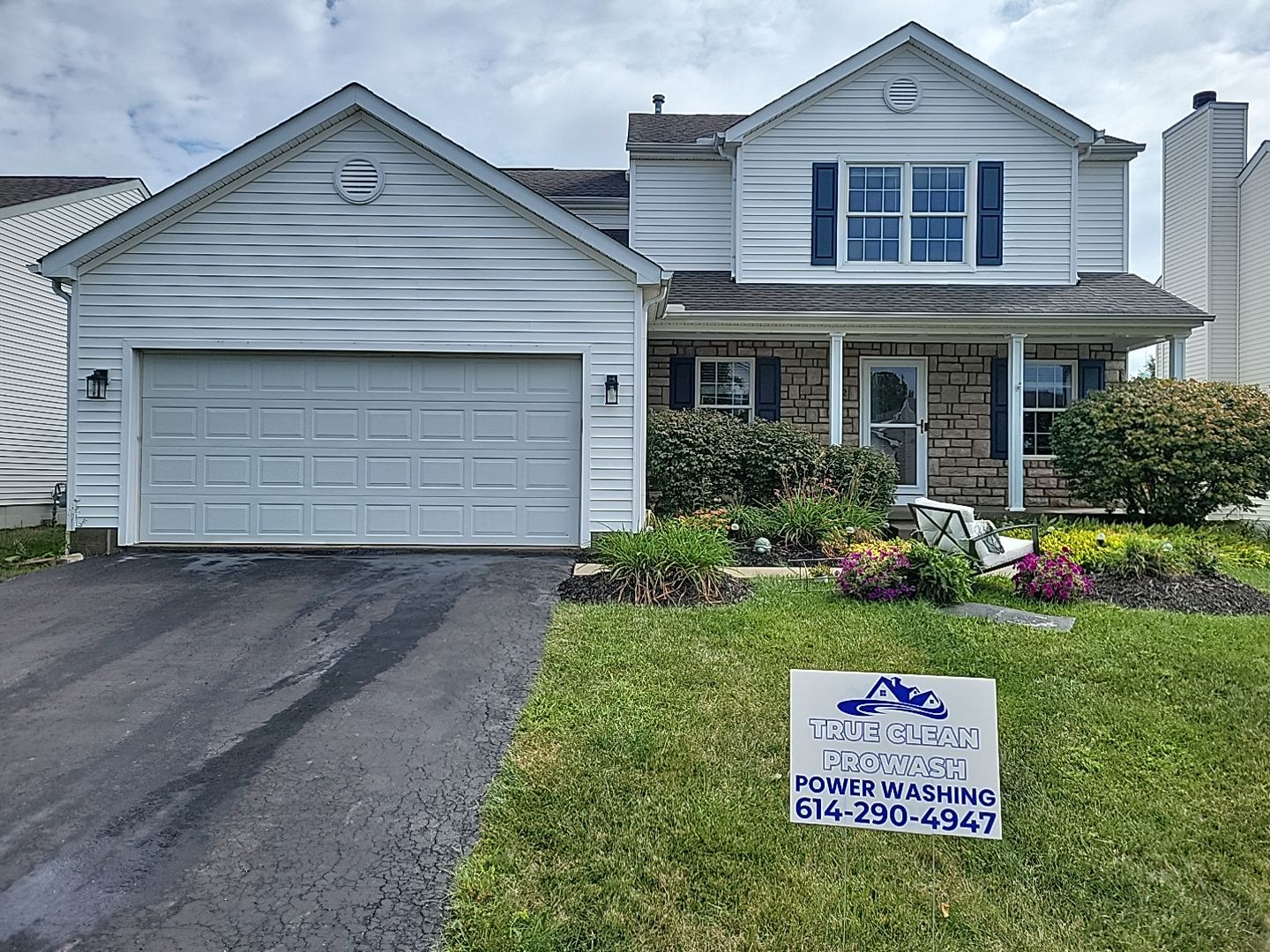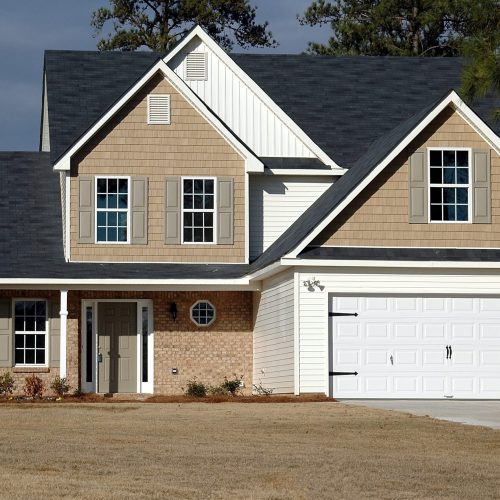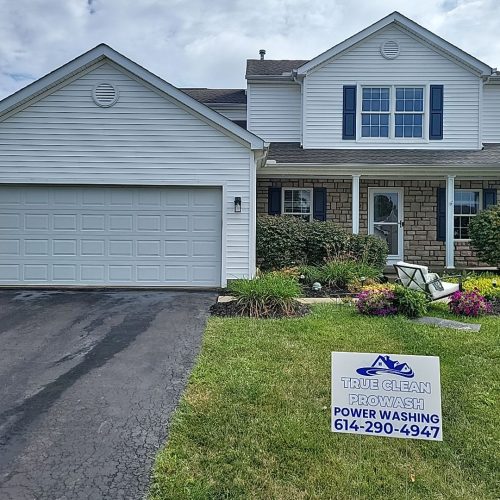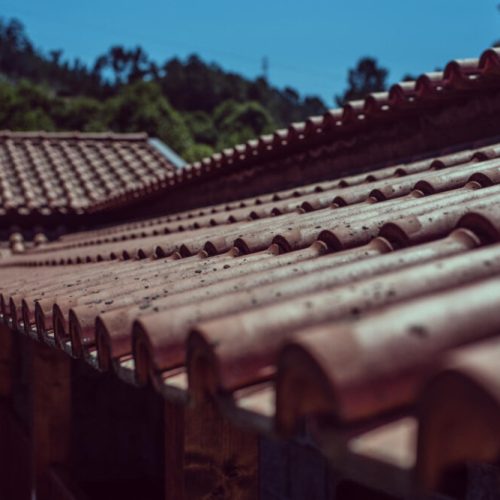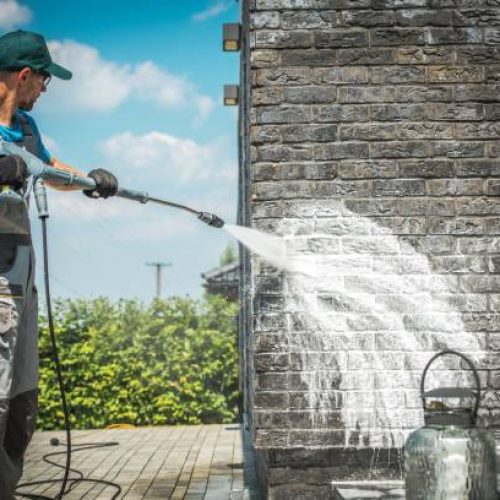Exterior Power Washing: How to Prevent Damage While Power Washing Your Home
Power washing can work wonders in revitalizing the appearance of your home, transforming weathered exteriors into fresh and inviting spaces. However, this powerful cleaning tool, if misused, can cause significant damage, turning a simple maintenance task into a costly repair project. Understanding the right techniques and precautions is essential for achieving professional results without harming your property. In this expert guide, we reveal the secrets to safe and effective exterior power washing, ensuring your home remains pristine and protected.
Choosing the Right Equipment
Choosing the right equipment is paramount to preventing damage while power washing your home. The market offers a variety of power washers, each with different pressure levels and nozzle options tailored to specific tasks. A common misconception is that higher pressure equates to better cleaning. However, using overly high pressure on delicate surfaces like wood siding or painted exteriors can strip paint, gouge wood, and cause severe damage. It’s essential to select a power washer with adjustable pressure settings and interchangeable nozzles, allowing you to customize the force and spray pattern according to the surface you’re cleaning. For instance, a wider spray nozzle distributes water more evenly and gently, making it ideal for softer materials, while a narrower nozzle focuses pressure, suitable for tougher stains on harder surfaces like concrete.
Beyond pressure settings, the type of power washer—electric or gas—also plays a critical role. Electric models generally offer sufficient power for most residential jobs and are easier to handle, making them suitable for beginners. On the other hand, gas-powered washers deliver higher pressure and are better suited for larger, more demanding tasks but require careful handling due to their increased power. Selecting the right equipment involves assessing the specific needs of your project and considering the materials and surfaces you’ll be cleaning. By investing in the appropriate power washer and understanding its capabilities, you can achieve effective, safe results without risking damage to your home.
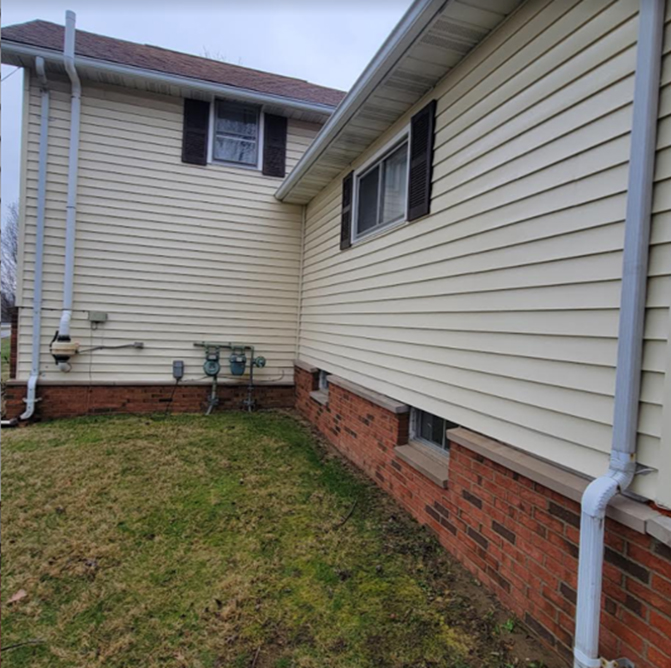
Understanding Surface Sensitivity
Understanding surface sensitivity is crucial when power washing your home to avoid unintended damage. Different materials react differently to high-pressure water, and recognizing these differences ensures that you use the appropriate pressure and technique for each surface. For example, vinyl siding can typically handle moderate pressure, but hitting it with too much force might cause warping or cracking. Wood surfaces, such as decks and siding, are particularly sensitive and can easily be gouged or splintered if subjected to excessive pressure. For these materials, lower pressure settings and wider spray nozzles are often recommended to distribute the force more evenly and reduce the risk of damage.
Brick and concrete are generally more durable and can withstand higher pressure, but even these robust materials have their limitations. Older brickwork and mortar may be more fragile and susceptible to chipping or disintegration under extremely high pressure. Stucco and painted surfaces require a delicate touch, as too much pressure can strip paint and damage the underlying material. Always start with a lower pressure setting and test a small, inconspicuous area before proceeding with a larger section. By understanding the sensitivity of each surface and adjusting your approach accordingly, you can achieve effective cleaning results while preserving the integrity of your home’s exterior.
Proper Technique and Distance
Employing the proper technique and maintaining the correct distance are fundamental aspects of power washing that help prevent damage to your home. The way you handle the power washer can significantly influence the results. Using a consistent, sweeping motion rather than focusing on one spot ensures an even clean and avoids concentrated pressure that might harm the surface. Begin at the top of the area and work your way down, allowing gravity to assist in rinsing dirt and debris. This approach reduces streaks and ensures thorough cleaning. Additionally, keeping the nozzle at a steady angle, typically around 45 degrees, helps direct water away from sensitive areas like seams and joints, minimizing the potential for water infiltration that could lead to mold or rot.
Maintaining the appropriate distance between the nozzle and the surface is equally important in preventing damage. Holding the nozzle too close can result in excessive force that removes paint, dents siding, or etches into softer materials. Conversely, holding it too far away diminishes the cleaning effectiveness. A good rule of thumb is to start with the nozzle about two feet away from the surface and gradually move closer, adjusting as needed based on the material and condition. Regularly check your progress and adjust your distance to ensure balanced cleaning without causing harm. By mastering these techniques, you can achieve a pristine, damage-free finish that enhances your home’s exterior appearance and durability.
Pre-Wash Preparation
Pre-wash preparation is a critical step in ensuring safe and effective power washing, significantly reducing the risk of damage to your home. Begin by thoroughly inspecting the area you plan to clean, identifying any vulnerable spots such as cracks, loose siding, or chipped paint. These areas should be addressed and repaired before you start power washing to prevent water from exacerbating existing issues. Additionally, clear the vicinity of any obstacles like outdoor furniture, plants, and decor that could hinder your movement or get damaged during the process. Cover delicate fixtures, electrical outlets, and nearby vegetation with plastic sheeting or tarps to protect them from high-pressure water and cleaning solutions.
Another essential aspect of pre-wash preparation is selecting and applying the appropriate cleaning agents. Different surfaces may require specific detergents to effectively remove dirt, mildew, or algae without causing harm. Always read the labels and follow the manufacturer’s instructions for dilution and application. Before beginning the full-scale wash, test a small, inconspicuous area to ensure the detergent and pressure settings are suitable for the material. This practice helps avoid unpleasant surprises and allows adjustments to be made early on. By taking these preparatory steps, you lay the groundwork for a successful power washing project that cleans your home thoroughly while preventing unnecessary damage.
Safety Precautions and Protective Gear
When power washing your home, prioritizing safety precautions and wearing the appropriate protective gear is crucial to prevent both personal injury and damage to your property. Start by equipping yourself with basic protective gear: safety goggles to shield your eyes from flying debris and splashes, sturdy gloves to protect your hands from high-pressure water and chemical cleaners, and non-slip footwear to maintain stability on wet surfaces. Additionally, consider wearing ear protection if you’re using a gas-powered washer, as these machines can be quite loud.
Understanding and mitigating common hazards associated with power washing is also essential. Always inspect the power washer for any damage or wear before use, ensuring that hoses, nozzles, and connections are secure and intact. Avoid pointing the nozzle at people, pets, or fragile objects, and never use the equipment while on a ladder, as the powerful recoil can cause loss of balance. Instead, use extension wands to reach high areas safely from the ground. It’s also important to stay aware of your surroundings, watching out for electrical outlets and wiring that could pose a shock hazard if sprayed. By adhering to these safety precautions and wearing the proper protective gear, you can ensure a safer and more effective power-washing experience.
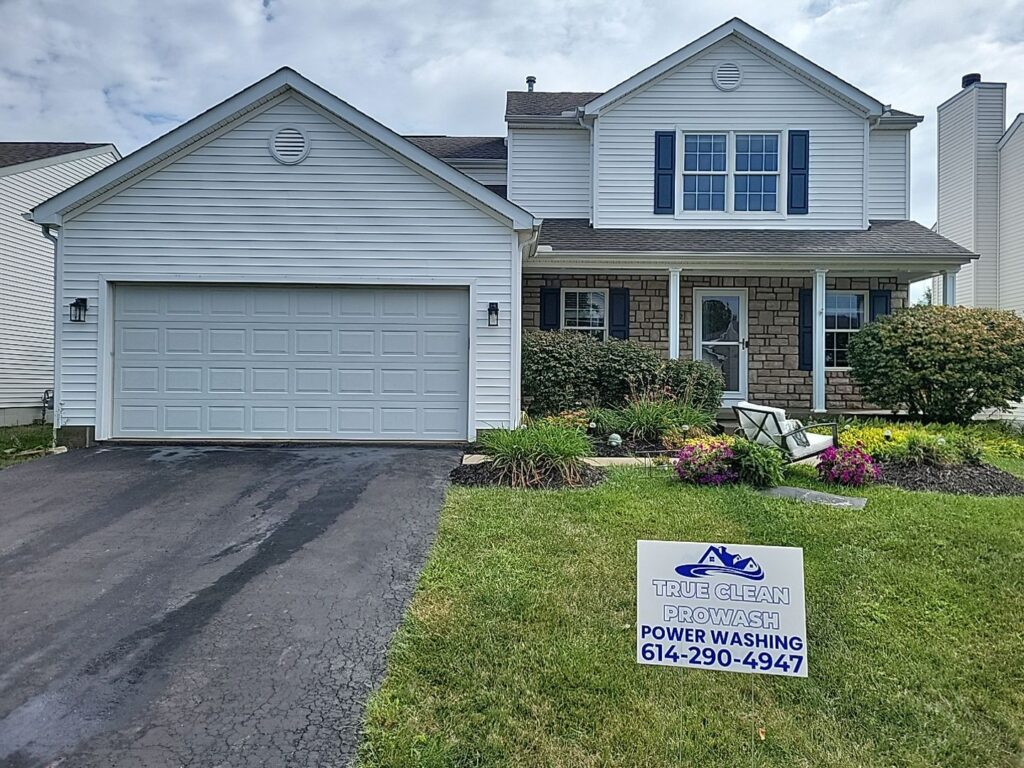
Post-Wash Care and Maintenance
Post-wash care and maintenance are vital steps to ensure the long-term benefits of power washing while preventing any potential damage that might arise after the cleaning process. Once you’ve completed power washing, thoroughly inspect the cleaned areas for any signs of damage or spots that may have been missed. Addressing these issues promptly can prevent them from becoming more significant problems. For instance, if you notice any chipped paint or loosened materials, these should be repaired or repainted immediately to maintain the integrity and appearance of your home.
Furthermore, it’s important to allow surfaces to dry completely before removing protective coverings from nearby plants, fixtures, and electrical outlets. This ensures that no moisture is trapped, which could lead to mold or mildew growth. In terms of ongoing maintenance, consider implementing a regular cleaning schedule based on the specific needs of your home’s exterior materials. Keeping gutters clean and trimming back vegetation can also help minimize dirt and debris buildup, reducing the frequency of power washing required. Additionally, periodically reapplying protective sealants to surfaces like wood decks and patios can provide an extra layer of defense against weathering and wear. By following these post-wash care and maintenance tips, you can extend the lifespan of your power washing efforts and keep your home looking its best.
Conclusion
Power washing your home can be an incredibly rewarding endeavor when done correctly. By following expert advice and taking the necessary precautions, you can achieve a spotless, damage-free finish that enhances your home’s curb appeal and extends the life of its exterior surfaces. Remember, the key to success lies in preparation, technique, and ongoing care. Equip yourself with these insights, and transform your home with confidence.
True Clean Prowash
https://www.google.com/maps?cid=14312876769318459700
4694 Cemetery Rd #304, Hilliard, OH 43026
(614) 290-4947
truecleanprowash.com
